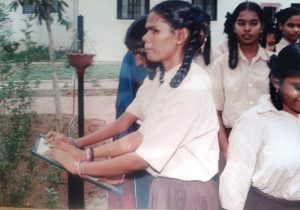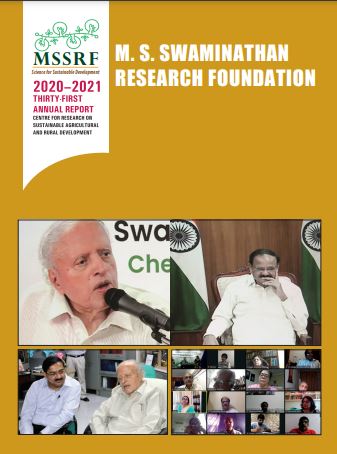Why should visually challenged citizens be excluded from enjoying nature’s beauty?
As a step towards inclusion, the M S Swaminathan Research Foundation (MSSRF) set up a ‘Touch and Smell Garden’ to facilitate the visits of visually challenged people. Not only is the garden a must-visit spot for the visually challenged, but it also is an inspiration for many city-based entities in replicating the same.
While the ceramic tiles with coined design help a visually challenged person go around the garden with a sense of security, the braille inscriptions hanging over every plant provides information about the flora species. The best of all is the fact that a visually challenged person can smell the leaves and memorise the information about the plant.
On a visit to the garden, one can hear the chirping of birds and the fresh breeze touching their faces. “What’s the best way to remember something if not through smell? This is one of the safe spots for our fraternity in the city,” said Manoj Kumar, a visually challenged person and a botanist.
“Professor M S Swaminathan utilised the prize money received from the Indira Gandhi Peace Prize in 1999 to construct the garden, fulfilling his promise made while accepting the prize. In the acceptance speech, Professor said he wanted to utilise the funds to help children develop a scientific temper,” Dr Rajalakshmi, a former scientist at the foundation’s Bio-technology department had said. She was also in-charge for the garden project back then.

The concept of the garden is to inculcate scientific temper among visually challenged children. Inaugurated by former Chief Minister J Jayalalithaa in 2002, Touch and Smell Garden has 23 varieties of plants and more than five types of trees.
Among the unique species is an herb called Wild Poinsettia (Paal Perukki in Tamil), which enhances milk secretion in new mothers and eases postpartum difficulties.
21 years later, the garden retains its essence through regular addition of new species.
To know the varieties of flora present in the garden and their usages, click here.
Edited by: Ms Laasya Shekar

